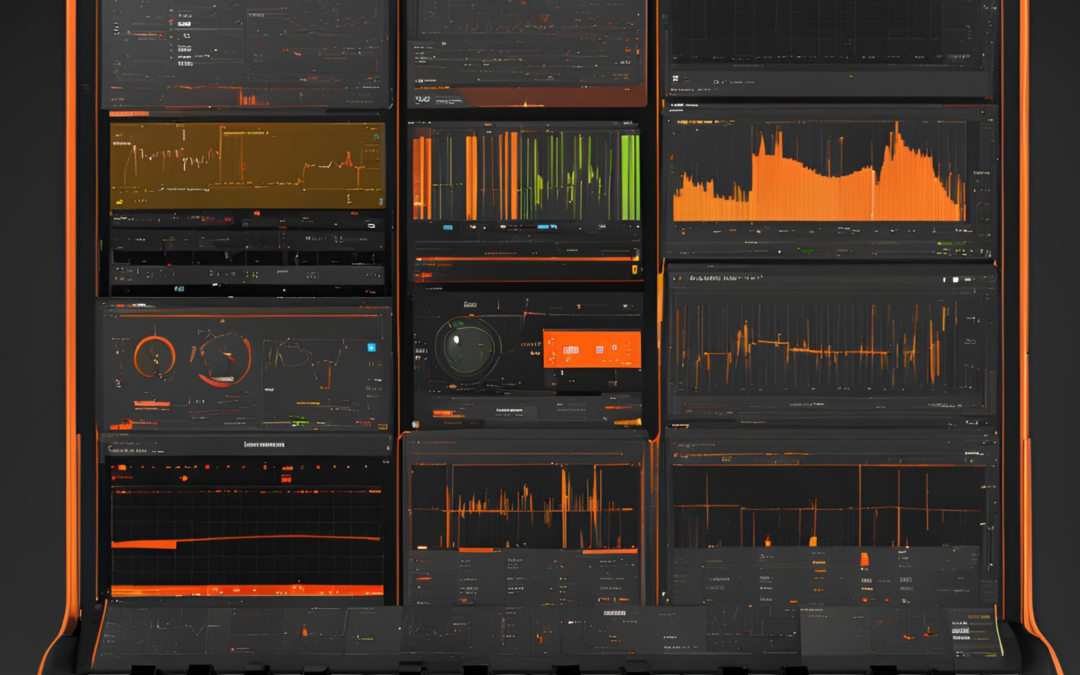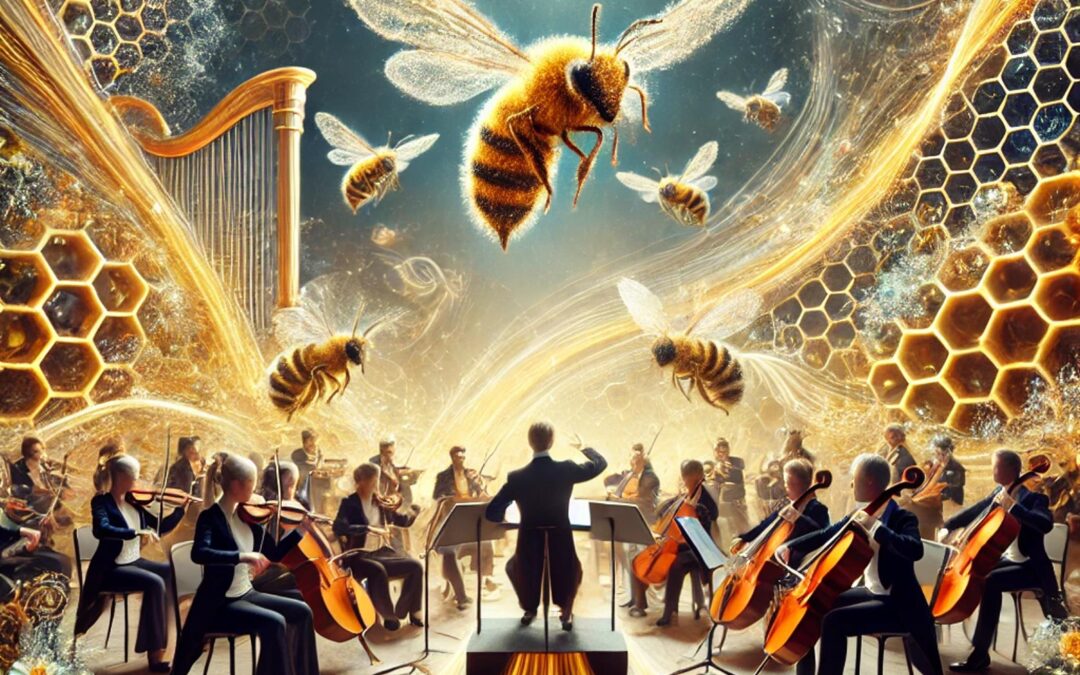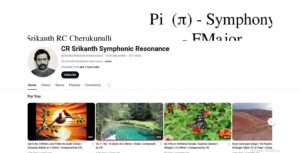
Who Uses Bitwig Studio? A Look at Its Diverse User Base
When exploring digital audio workstations (DAWs), you’ll often come across Bitwig Studio, a powerful and innovative tool. But who uses Bitwig Studio, and why has it gained such popularity among different types of music creators? Let’s dive into the vibrant community that calls Bitwig Studio their DAW of choice.
1. Electronic Music Producers
Bitwig Studio is a favorite among electronic music producers due to its cutting-edge features like The Grid, a modular sound design environment. Producers appreciate the DAW’s ability to create complex soundscapes, unique beats, and expressive tracks with ease.
Why Bitwig Studio Appeals to Them:
- Advanced modulation system for dynamic sound creation.
- Powerful clip-based workflow for arranging tracks.
- Excellent integration with hardware synths and controllers.
2. Sound Designers
Sound designers are another group who use Bitwig Studio extensively. Its modular design and intuitive interface make it an excellent choice for creating intricate sound effects for movies, games, and multimedia projects.
Top Features for Sound Designers:
- Real-time audio manipulation tools.
- Compatibility with modular synth setups.
- Flexible automation and modulation options.
3. Live Performers
Artists performing live are among those who use Bitwig Studio to elevate their stage presence. Its clip-launching system, low-latency performance, and seamless integration with MIDI controllers make it ideal for live improvisation and dynamic sets.
Why Live Performers Love It:
- Reliable stability during performances.
- Intuitive tools for live track arrangement.
- Real-time parameter adjustments with MIDI and hardware support.
4. Experimental Musicians and Sound Artists
Bitwig Studio is a playground for experimental musicians who push the boundaries of traditional music. These creators value the DAW’s flexibility and tools for exploring unconventional sound design techniques.
What Attracts Experimental Artists:
- Fully customizable interface and workflows.
- Support for microtuning and alternate scales.
- Open Controller API for unique hardware integrations.
5. Educators and Students
In music education, Bitwig Studio has carved a niche. Teachers and students often use Bitwig Studio for its intuitive interface and innovative features, which make learning and teaching music production exciting.
Educational Benefits of Bitwig Studio:
- Clear and approachable layout for beginners.
- Advanced tools to challenge experienced learners.
- Affordable pricing for students and educators.
6. Producers Switching from Other DAWs
Many experienced music producers switch to Bitwig Studio from other DAWs like Ableton Live or Logic Pro. These users are drawn to Bitwig’s innovative approach to modulation, unique features, and frequent updates.
Reasons to Make the Switch:
- Regular feature-rich updates.
- A balance of simplicity and advanced capabilities.
- Cross-platform compatibility and smooth integration with existing setups.
Why Bitwig Studio Stands Out
Bitwig Studio’s ability to cater to such a wide array of users makes it a standout in the world of digital audio workstations. Its powerful tools, intuitive design, and versatility appeal to everyone from electronic music producers to live performers and sound designers.
Who uses Bitwig Studio? The answer is simple: anyone who values innovation, creativity, and flexibility in music production. Whether you’re a beginner or a professional, Bitwig Studio has something unique to offer.






